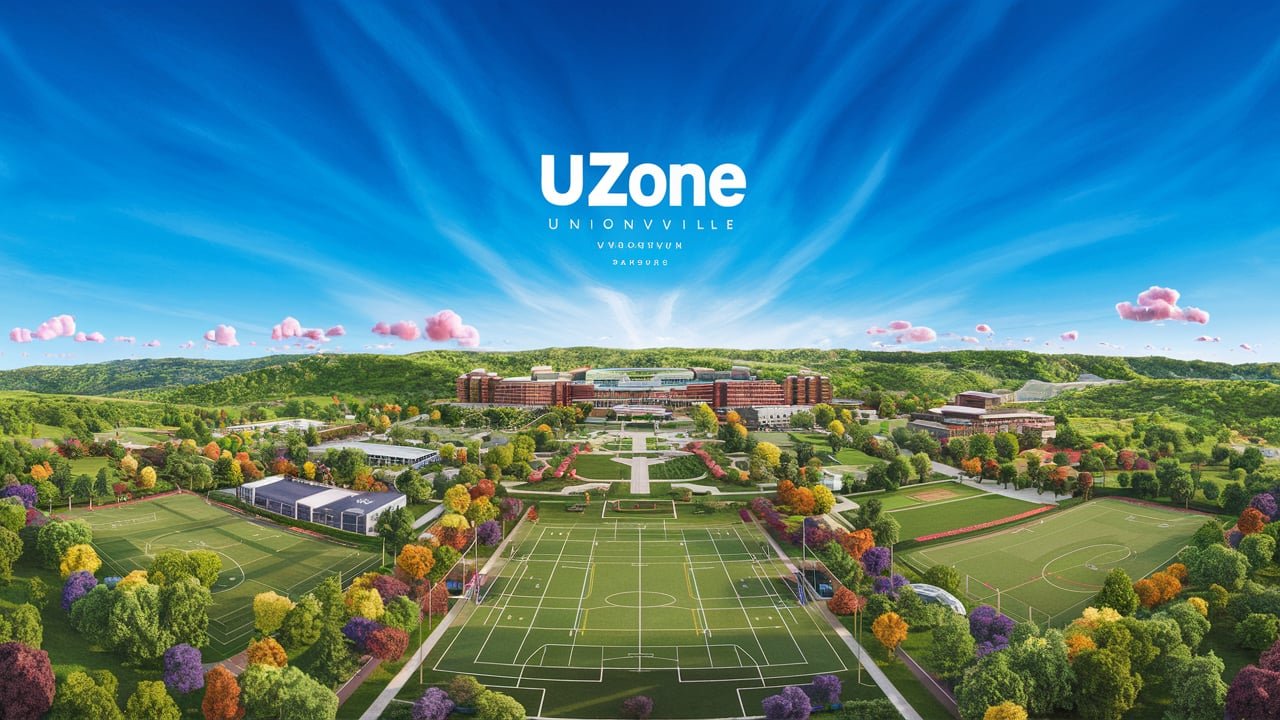The University of Wisconsin-Milwaukee (UWM) stands as a testament to the evolution of higher education in Wisconsin, reflecting a rich history of growth, innovation, and commitment to community engagement. From its modest beginnings in the late 19th century to its current status as a leading urban research university, UWM’s journey is marked by significant milestones and transformative developments.
Early Foundations: Milwaukee State Normal School (1885-1927)
The origins of uzone uwm trace back to 1885 with the establishment of the Milwaukee State Normal School. Located at 18th and Wells Streets in downtown Milwaukee, the institution was primarily dedicated to training teachers, addressing the educational needs of a rapidly growing city. Under the leadership of its first president, John J. Mapel, the school commenced with an initial enrollment of 46 students. Over the next four decades, the institution expanded its curriculum to include music and liberal arts programs, reflecting a broader educational mission. In 1909, to accommodate its growth, the school relocated to a new campus near the lakefront, with Mitchell Hall serving as the central building.
Transition and Expansion: Wisconsin State Teachers College (1927-1951)
In 1927, the Milwaukee State Normal School underwent a significant transformation, changing its name to the Wisconsin State Teachers College. This change signified a shift towards offering four-year degree programs focused on education. The college discontinued non-degree programs and, by 1937, awarded its first Bachelor of Science degree in education. The post-World War II era saw the introduction of graduate programs in education, catering to the increasing demand for advanced teacher training. J. Martin Klotsche assumed the presidency in 1946, steering the college through a period of academic enrichment and infrastructural development.

Emergence of a Comprehensive University: Wisconsin State College-Milwaukee (1951-1956)
The year 1951 marked another pivotal moment as the institution expanded its academic horizons beyond teacher education. Renamed Wisconsin State College-Milwaukee, it began offering liberal arts programs, reflecting a commitment to providing a well-rounded education. This period was characterized by curricular diversification and a growing student body, setting the stage for the institution’s evolution into a comprehensive university.
Formation of the University of Wisconsin-Milwaukee (1956)
The mid-20th century brought a heightened demand for accessible higher education in Wisconsin’s largest city. Responding to this need, the Wisconsin state legislature passed a bill in 1955 to establish a major public university in Milwaukee. This led to the merger of Wisconsin State College-Milwaukee and the University of Wisconsin Extension’s Milwaukee division in 1956, forming the University of Wisconsin-Milwaukee. The newly formed university combined the lakefront campus of the former college and the downtown extension facilities, aiming to serve a diverse urban student population. The inaugural commencement of UWM was held on June 16, 1957, marking the beginning of a new era in higher education for the region.
Campus Expansion and Academic Growth (1960s-1980s)
The subsequent decades witnessed significant growth and development for UWM. In 1964, the university acquired the campus of the neighboring private women’s institution, Milwaukee-Downer College, facilitating further expansion. This acquisition not only provided additional facilities but also enriched the university’s architectural heritage. The period also saw the construction of new buildings, including the Sandburg Residence Halls in 1970, which provided much-needed student housing. Academically, UWM expanded its program offerings, establishing new colleges and schools to meet the evolving educational needs of its students.
Research and Community Engagement (1990s-Present)
Entering the 1990s, UWM intensified its focus on research and community engagement. In 1994, the university was designated as a Research II University by the Carnegie Foundation, recognizing its growing research capabilities. The establishment of centers of excellence and research institutes underscored UWM’s commitment to addressing urban challenges and contributing to regional development. Collaborations with local industries and community organizations have been pivotal in fostering innovation and economic growth in Milwaukee. The university’s dedication to inclusivity and diversity is evident through various initiatives and programs aimed at supporting underrepresented communities.

UWM Student Union: A Hub of Student Life
The UWM Student Union has played a central role in campus life since its inception. Established in 1956, the original union spanned approximately 15,000 square feet, serving a student population of around 1,500. As enrollment grew, the need for expanded facilities became apparent. In 1963, the first major expansion added over 90,000 square feet, transforming the union into a vibrant center for student activities. Further expansions in 1972 and 1987 addressed the needs of an increasing student body, with the union now encompassing various amenities, including dining services, meeting rooms, and recreational spaces. Throughout its history, the Student Union has been a focal point for student engagement, cultural events, and community building.
Mascot and Identity: The Evolution of School Spirit
UWM’s mascot and school colors have undergone several transformations, reflecting the university’s evolving identity. In its early years, the institution adopted the Green Gulls as its mascot, with green and white as the school colors. As the university expanded and redefined its mission, there was a desire to establish a new symbol that resonated with the growing student body. In 1963, coinciding with the expansion of the Student Union, the university introduced the red and white Cardinals as the new mascot and colors.


